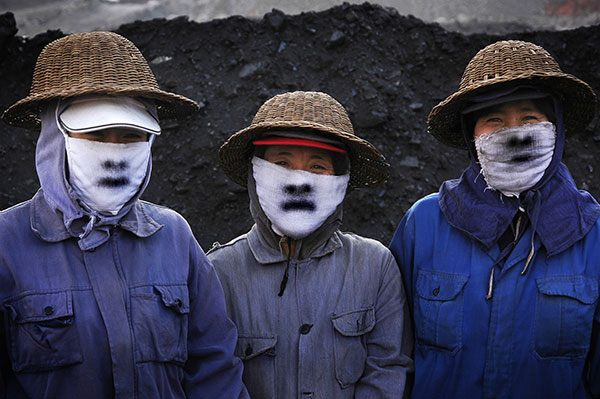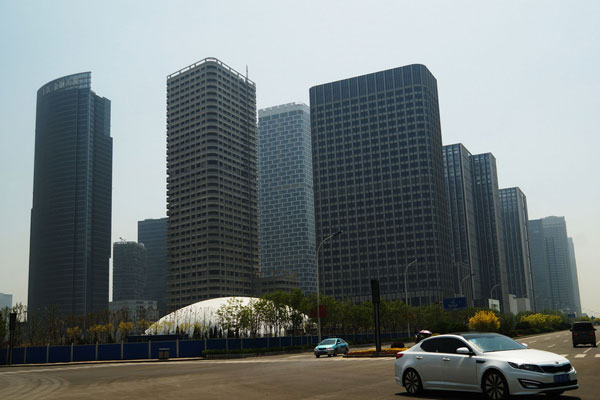Targets set for regional integration
Updated: 2015-08-24 06:54
By ZHENG JINRAN(China Daily)
|
|||||||||||
Far-reaching document charts the way forward for Beijing, Tianjin and Hebei
 |
|
Beijing Mayor Wang Anshun vows the capital will work with Tianjin and Hebei province to boost regional development and make the region a leading force for the country's economy. [Photo by Wang Zhuangfei / China Daily] |
Goals have been set for the integrated development of Beijing, Tianjin and Hebei in the next 15 years.
The aim is to transfer the nonessential functions of Beijing and form an optimized structure for the capital's core functions by 2030, according to an official document.
It is the first time the central authorities have released the three governments' strategic positions in the integrated growth of the trilateral region, giving them clear roles for better coordination.
Beijing will become the national center for politics, culture, international exchanges and scientific and technical innovation.
Tianjin will be a national research and development base for advanced manufacturing, a hub for international shipping in North China, a zone for financial innovation and services, and a pilot zone for economic reform.
Hebei province will be an important national base for trade and logistics, a pilot zone for industrial transformation and upgrading, a demonstration area for modern urbanization and urban-rural integration, and an ecological buffer zone, the document said.
It reveals key information for the Beijing-Tianjin-Hebei integrated development program, which was approved by the national leadership in April.
The document was issued by the office of the leading group for Beijing-Tianjin-Hebei integrated development, Xinhua News Agency reported.
Beijing and its two neighbors have faced severe challenges from social and environmental issues.
For example, Beijing has performed too many functions beyond its role as a capital, bringing it serious urban problems including a high population, traffic congestion, air pollution and soaring property prices.
Within the region, the three areas have faced groundwater depletion, environmental pollution and a sharp contradiction between economic growth and natural resources.
The regional challenges mean that coordinated development is urgent and necessary to solve these problems. The priority for the integration will be the transfer of noncapital functions from Beijing to Tianjin and Hebei.
By 2017, breakthroughs in transportation integration, environmental protection and industrial upgrading in the trilateral region will be achieved, with Beijing seeing "remarkable progress" in easing its noncapital functions, the document states.
The medium-term target for the regional integration strategy is to contain Beijing's population within 23 million and to improve the environment by 2020.
Related Stories
China eyes regional integration through FTA with Australia 2015-06-25 08:03
Regional integration can help stimulate economic growth 2015-06-11 14:59
Stocks bullish on regional integration around Beijing 2015-04-03 16:34
Regional integration will help narrow income gaps 2015-03-23 07:51
Rail lines to foster regional integration 2015-03-14 08:17
Today's Top News
Greek opposition tries to form government
12,000 troops, new armament to feature in Beijing parade
Preparations shutter Forbidden City
Changing face of illegal immigration
President Xi Jinping calls for crews not to ease up
Jon Bon Jovi sings in Mandarin for Chinese Valentine's Day
DPRK deploys more fire units to frontlines with ROK
No cyanide detected from Tianjin river section with fish deaths
Hot Topics
Lunar probe , China growth forecasts, Emission rules get tougher, China seen through 'colored lens', International board,
Editor's Picks

|

|

|

|

|

|






